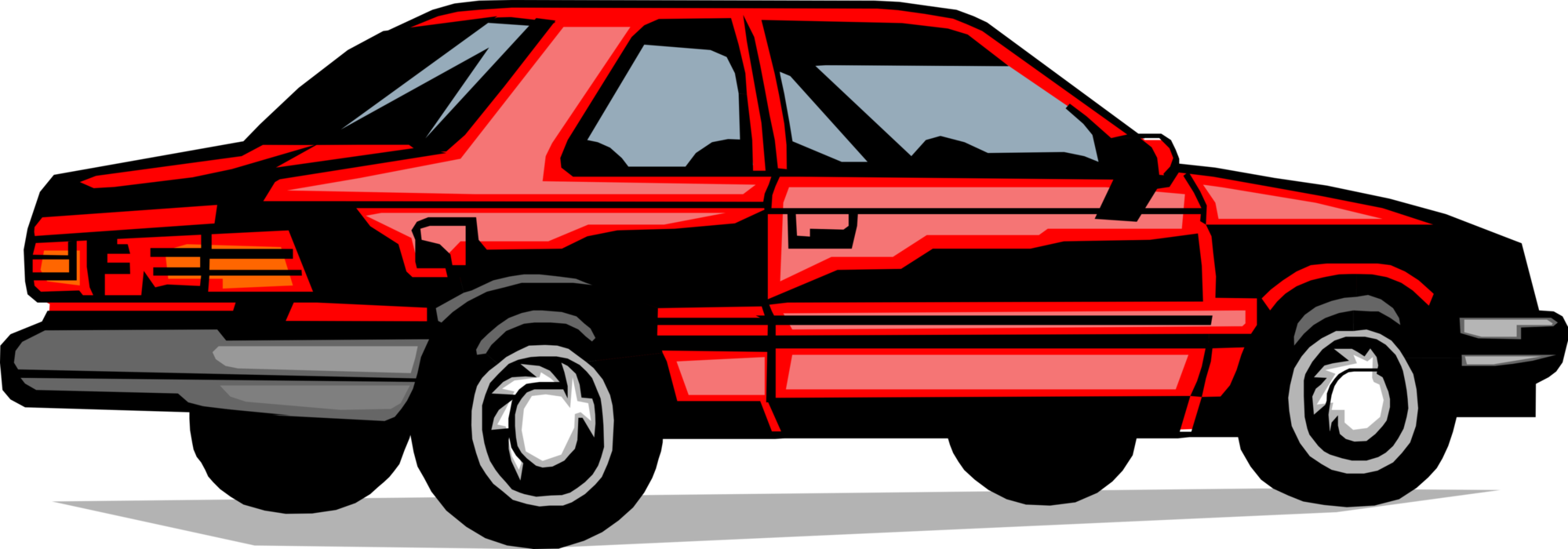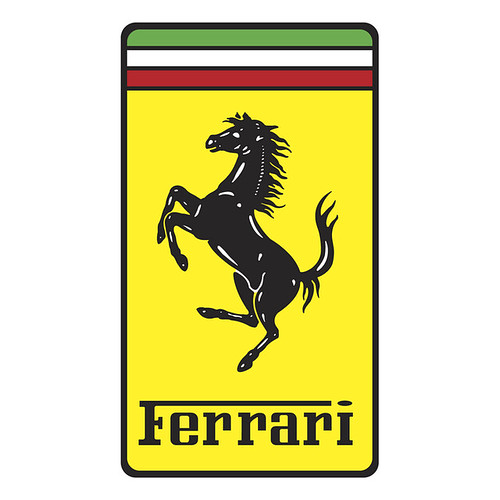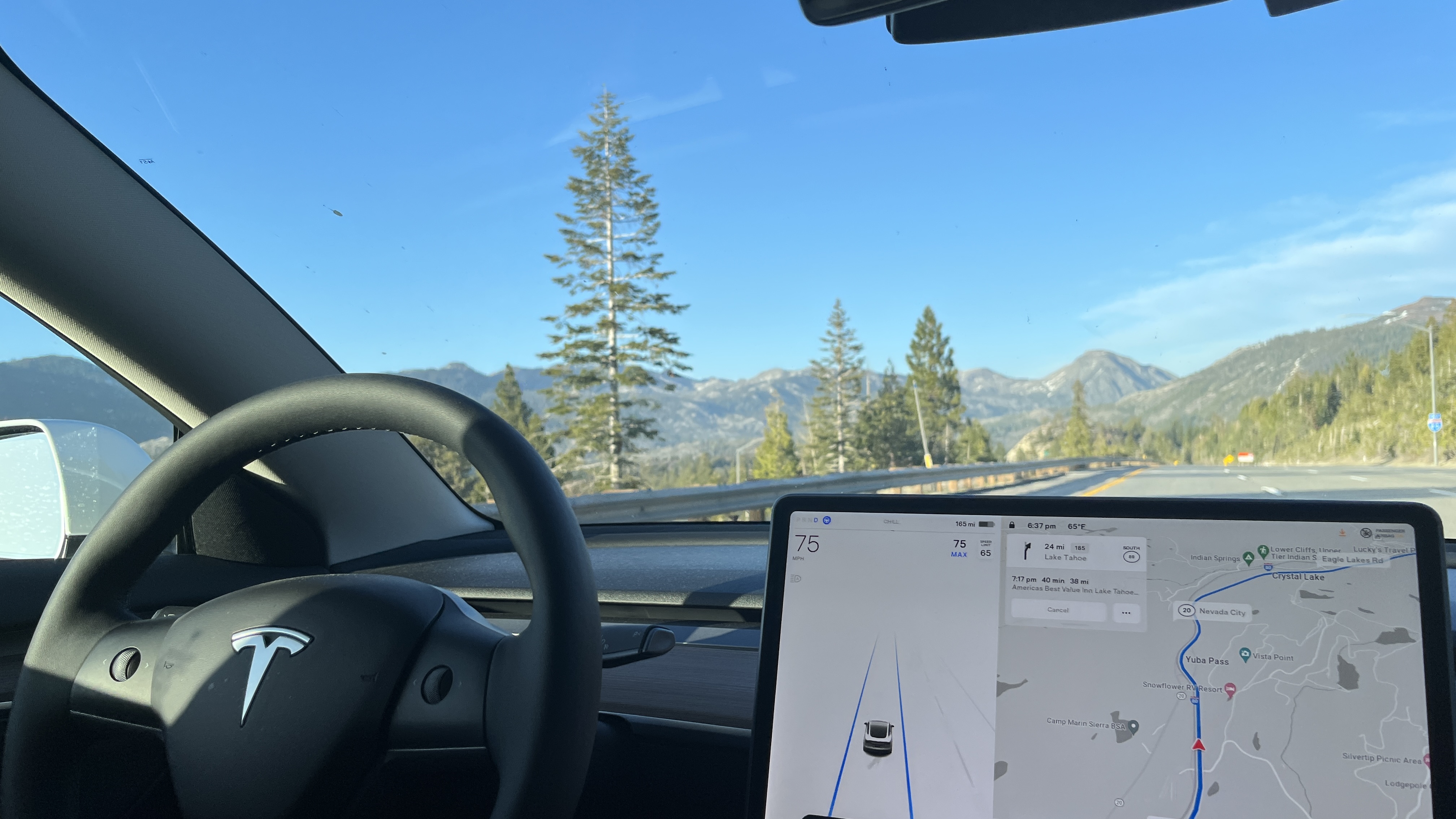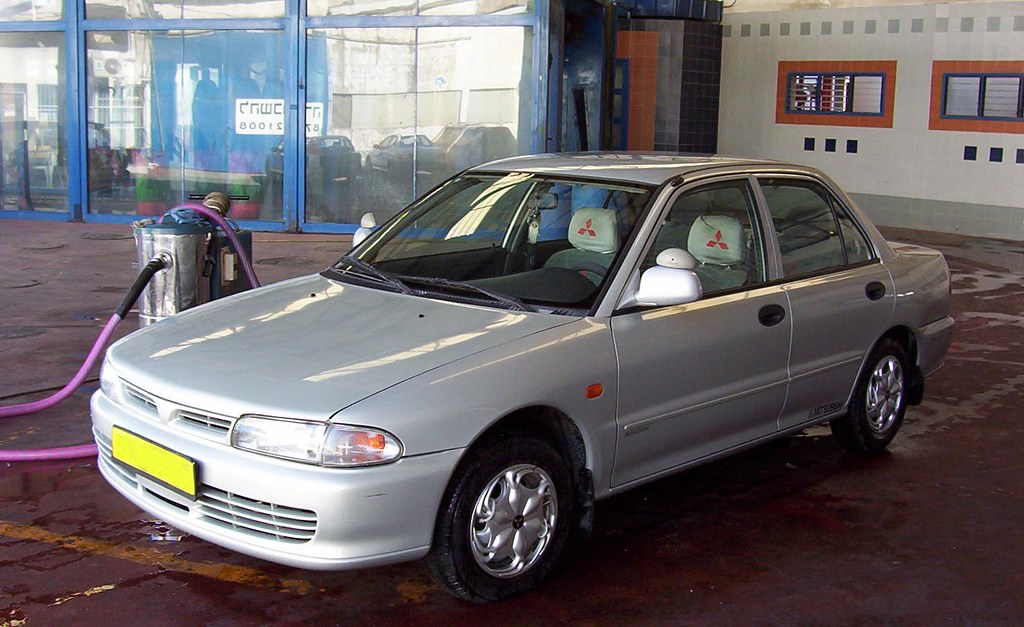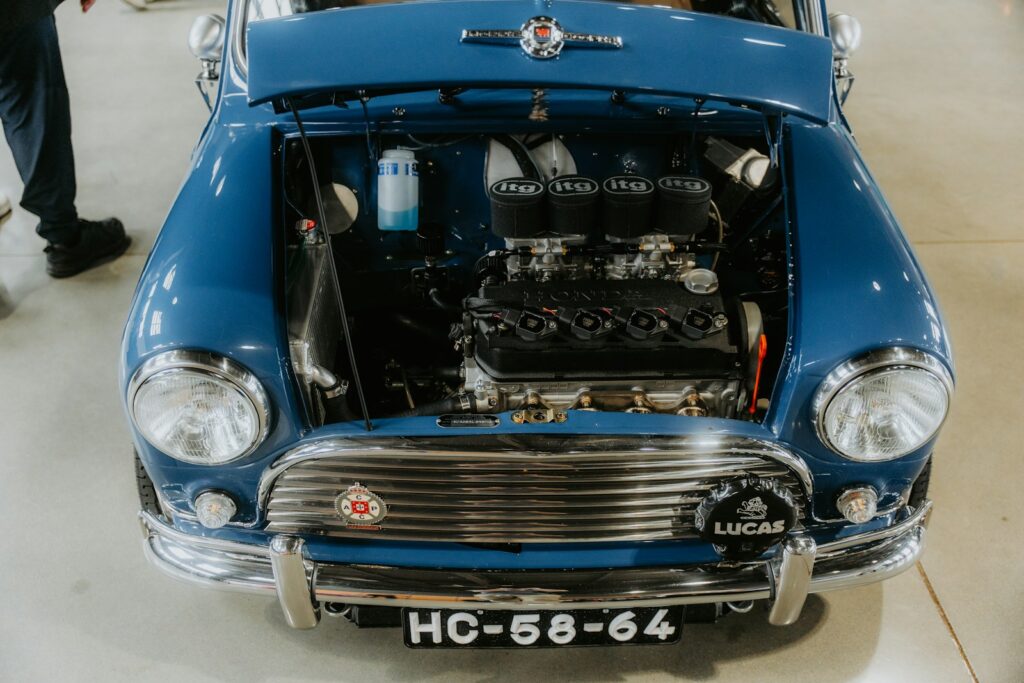
The world of compact cars and sedans often conjures images of practicality, fuel efficiency, and accessible ownership. Yet, beneath the meticulously designed exteriors and comfortable cabin spaces lies the true heart of any vehicle: its engine. It’s this powerhouse that ultimately dictates a car’s journey from a fleeting purchase to a long-term companion, a decision that can either lead to highway heroics or persistent headaches.
For discerning drivers and automotive enthusiasts alike, reliability is paramount, especially when discussing small displacement engines that are expected to withstand everything from brutal winters to endless city commutes and extensive highway mileage. These are not typically the engines engineered for raw power or blistering acceleration, but rather for an understated simplicity, unwavering durability, and remarkably low maintenance requirements that allow them to accumulate hundreds of thousands of miles without faltering. They are the silent workhorses that make a car a truly dependable partner.
In this deep dive, we’re shifting our focus to a selection of the most proven powerplants in the compact and midsize vehicle segments. We’ll unpack the engineering philosophies that enable these engines to endure, highlight the iconic vehicles they call home, and share insights into their real-world performance, longevity, and the reasons why they consistently earn the trust of drivers worldwide. Prepare to discover the mechanical marvels that are truly built to go the distance, year after year.

1. **Toyota 1.8L I4 – 2ZR-FE / 2ZR-FAE**When Toyota introduced the 2ZR engine in the late 2000s, it aimed to gracefully replace the venerable 1ZZ series, quickly establishing itself as the quintessential powerplant for a host of popular models. From the ubiquitous Toyota Corolla and Matrix to certain Scion and Lexus models in smaller markets, this 1.8-liter inline-four became a foundational element of Toyota’s compact lineup. Over its operational lifespan, it has seamlessly evolved into several key variants, notably including the Valvematic-equipped 2ZR-FAE, which offered enhanced efficiency, and the hybrid-dedicated 2ZR-FXE, a testament to its versatile engineering.
At its mechanical core, the 2ZR-FE and 2ZR-FAE were meticulously engineered with longevity and elegant simplicity as guiding principles. Its construction features a robust aluminum block and head, contributing to its lightweight yet durable nature. A critical design choice for extended life is the use of a timing chain instead of a belt, virtually eliminating a common maintenance concern for owners. Furthermore, the inclusion of dual variable valve timing (VVT-i) allows for optimal engine performance and efficiency across various driving conditions, making it a truly modern and capable design. Later iterations of the engine saw the introduction of Valvematic technology, which provides continuously variable valve lift for an even more refined balance of fuel economy and throttle responsiveness.
Despite its otherwise rock-solid reputation, the early 2ZR engines could occasionally exhibit minor oil consumption after accumulating 100,000 miles, a tendency often observed if oil change intervals were inadvertently stretched. Some owners might also report a slightly subdued or sluggish performance, though this is generally attributed more to specific tuning characteristics rather than any inherent engineering flaw. It’s worth noting that in later Corollas, the CVT transmissions paired with this engine have been identified as a potential weak point, but crucially, the engine itself remains an absolute legend in reliability circles, consistently demonstrating unwavering dependability.
This engine isn’t engineered to set pulses racing with thrilling acceleration, but that’s precisely where its unparalleled greatness lies. There are countless 300,000-mile Priuses and Corollas still operating with this engine, delivering consistent, drama-free performance day in and day out. It has rightfully earned its place as one of the most respected and dependable “A-to-B” powerplants ever manufactured, underpinning Toyota’s long-standing reputation for reliability, a reputation bolstered by its consistent top rankings in J.D. Power and Consumer Reports year after year. It truly powers some of Toyota’s most sold and trusted vehicles, a testament to its enduring quality.
Car Model Information: 2023 Toyota Corolla LE
Name: Toyota Corolla
Caption: Twelfth generation model (2020, hatchback)
Manufacturer: Toyota
Aka: unbulleted list
Production: November 1966 – present
Class: unbulleted list
Predecessor: Toyota Publica
Categories: 1970s cars, 1980s cars, 1990s cars, 2000s cars, 2010s cars
Summary: The Toyota Corolla (Japanese: トヨタ・カローラ, Hepburn: Toyota Karōra) is a series of compact cars (formerly subcompact) manufactured and marketed globally by the Japanese automaker Toyota Motor Corporation. Introduced in 1966, the Corolla has been the world’s best-selling automobile of all time since 1997, when it surpassed the Volkswagen Beetle. Toyota reached the milestone of 50 million Corollas sold over twelve generations in 2021.
The name Corolla is part of Toyota’s naming tradition of using names derived from the Toyota Crown for sedans, with “corolla” Latin for “small crown”. The Corolla has always been exclusive in Japan to Toyota Corolla Store locations, and manufactured in Japan with a twin, called the Toyota Sprinter until 2000. From 2006 to 2018 in Japan and much of the world, and from 2018 to 2020 in Taiwan, the hatchback companion had been called the Toyota Auris.
Early models were mostly rear-wheel drive, while later models have been front-wheel drive. Four-wheel drive versions have also been produced, and it has undergone several major redesigns. The Corolla’s traditional competitors have been the Nissan Sunny, introduced the same year as the Corolla in Japan and the later Nissan Sentra, Subaru Leone, Honda Civic and Mitsubishi Lancer. The Corolla’s chassis designation code is “E”, as described in Toyota’s chassis and engine codes.
Get more information about: Toyota Corolla
Buying a high-performing used car >>>
Brand: Toyota Model: Corolla
Price: $21,090 Mileage: 53,389 mi.
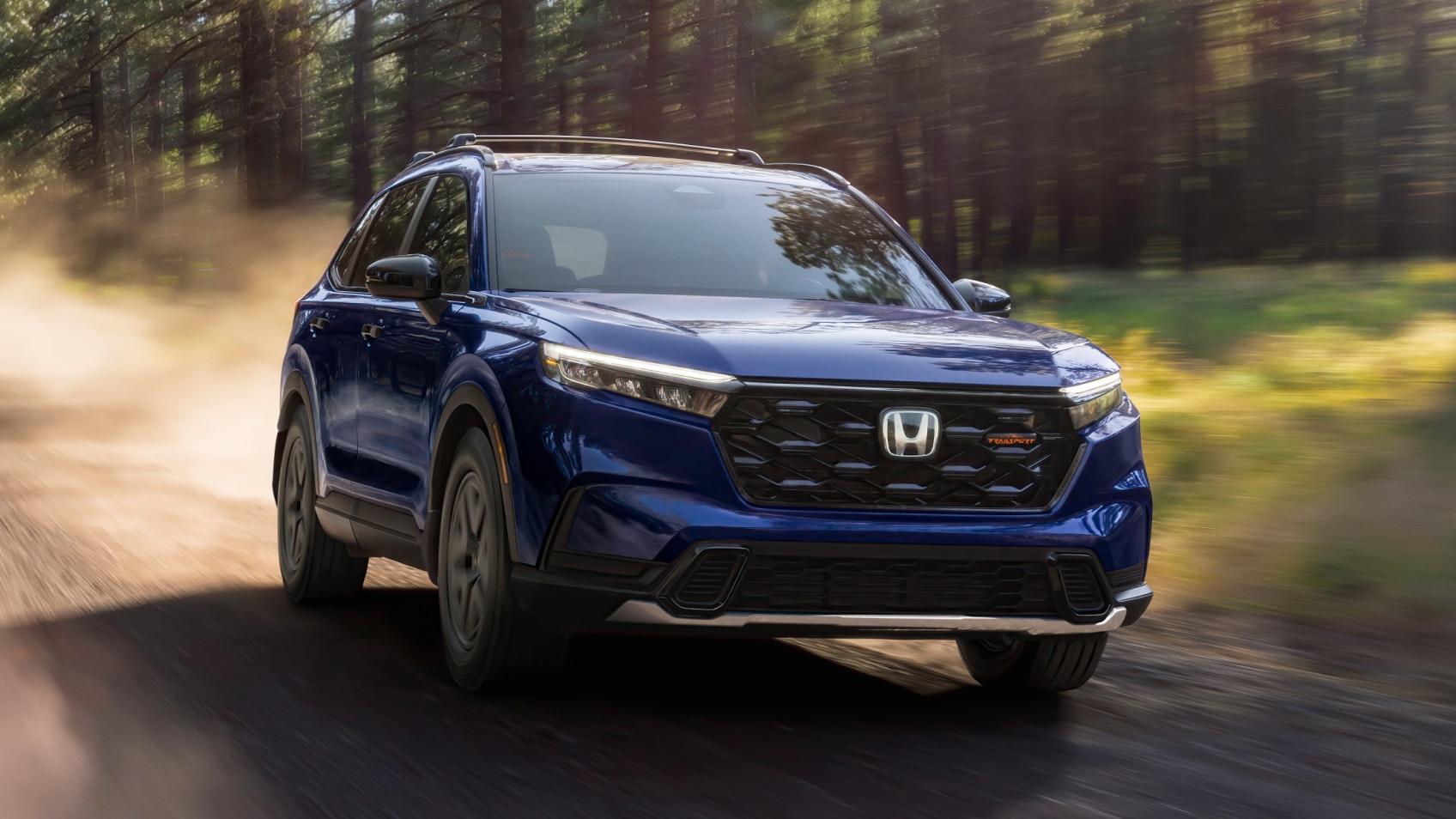
2. **Honda 1.8L I4 – R18A / R18Z**The R18 series made its significant debut in 2006, gracing the engine bay of the highly popular eighth-generation Honda Civic. This new engine was tasked with the important job of succeeding the older D17 engine, and it did so while proudly upholding Honda’s classic SOHC i-VTEC design philosophy. The result was a powerplant that delivered a remarkably smooth and efficient driving experience, all while maintaining an admirably low-maintenance profile. While on paper it might produce slightly less power than Toyota’s comparable 2ZR, in the real world of daily driving, the R18 consistently offers a smoother and often more responsive feel, a characteristic much appreciated by its legion of owners.
Honda engineered this particular engine with an unwavering commitment to simplicity, a philosophy that directly contributes to its legendary reliability. You won’t find turbocharging or direct injection here, elements that can often introduce layers of complexity and potential failure points. Instead, the R18 relies on a robust and solid cast aluminum structure, a design choice that speaks volumes about its inherent durability. The innovative i-VTEC system in this engine isn’t primarily focused on boosting performance; rather, it’s meticulously tuned to optimize efficiency and reduce emissions across various RPM ranges. A distinctive engineering touch is its variable-length intake manifold, a clever design that further aids in delivering a broad and usable torque spread, enhancing the car’s driveability.
When it comes to systemic faults, the R18 stands out as exceptionally clean, exhibiting very few widespread issues. While some engines may eventually develop minor oil seepage around the valve cover gasket or the VTEC solenoid after crossing the 100,000-mile mark, these are typically inexpensive and straightforward repairs. The key to unlocking this engine’s remarkable longevity lies in diligent adherence to its prescribed maintenance schedule. With regular oil changes every 5,000 to 7,000 miles and valve adjustments approximately every 100,000 miles, these R18 engines are well-known for routinely exceeding 250,000 miles, proving their mettle over extended periods of service.
In numerous significant aspects, the R18 engine is widely regarded as the modern spiritual successor to Honda’s venerable D-series motors. It may not be celebrated for its raw power output, but its utterly dependable nature has cemented its status as a fan favorite, particularly among devoted Civic enthusiasts. Though it hasn’t garnered high-profile awards on its own, the R18A significantly contributed to Honda’s consistent placement in multiple “Top Engine” lists by Kelley Blue Book, and its exceptional reliability has earned widespread praise from respected automotive publications such as Car and Driver and, of course, MotorTrend, underscoring its enduring legacy of quality.
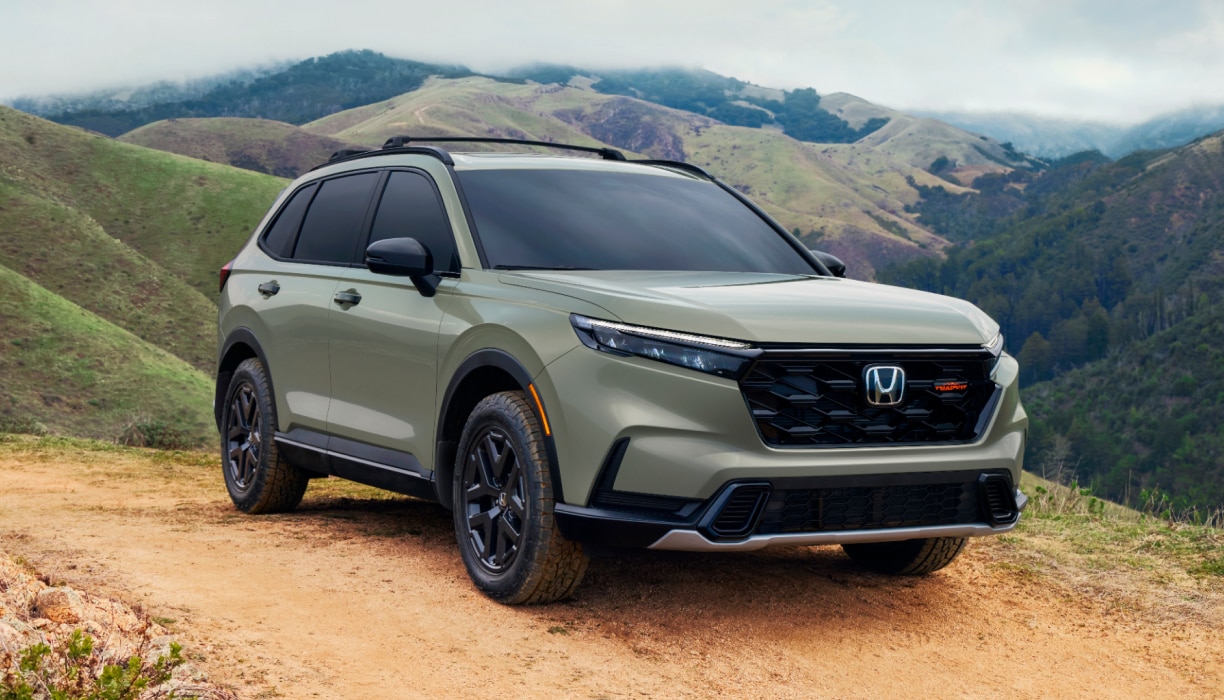
3. **Honda 1.5L I4 – L15B (NA & Turbo)**The Honda L15 engine family has been a staple since the early 2000s, but it was the L15B variant that truly captured the automotive world’s attention, particularly starting with the 2015+ Honda Fit and the revolutionary 10th-generation Civic. This versatile engine was made available in both naturally aspirated (NA) and turbocharged configurations, each serving distinct purposes. The NA version continued Honda’s proud tradition of producing small, highly efficient engines, proving especially effective in lightweight vehicles like the Fit and City. The turbocharged variant, however, represented a significant strategic shift for Honda, marking a triumphant return to forced induction in its mainstream production cars, bringing a new level of performance and efficiency to a broader audience.
The naturally aspirated version of the L15B is, by all accounts, as solid as an engine can get, boasting very few reported issues and delivering excellent fuel economy, a hallmark of Honda engineering. It is widely praised for its snappy throttle response, exceptional thermal efficiency, and an impressively high redline for an engine of its modest size. Conversely, the turbo variant, especially when found in Civic 1.5T models, undeniably introduced more power, but it also brought with it early concerns regarding oil dilution. This phenomenon, where fuel can inadvertently mix with the oil during frequent short trips, particularly in colder climates, thins the oil and can potentially affect engine wear.
Honda, ever proactive, responded to these concerns with significant ECU adjustments in models from 2019 onwards, effectively helping to mitigate the oil dilution issue. Furthermore, diligent owners who committed to more frequent oil changes, typically within the 3,000–5,000-mile range, rarely reported experiencing any long-term problems, reinforcing the importance of proper maintenance for turbocharged engines. Overall, the L15 stands out as one of the better turbo-four engines available today, striking an impressive balance between performance, fuel economy, and long-term health. However, it’s generally acknowledged that it doesn’t quite achieve the bulletproof reputation of its more senior sibling, the R18 engine.
The L-series engines are a core part of Honda’s innovative Earth Dreams technology, a suite of advancements that has earned significant accolades for its commitment to efficiency and groundbreaking engineering. This technological approach has received widespread praise, including recognition from prestigious bodies like Ward’s 10 Best Engines for other variants within the L-series. This underscores the L15B’s position as a highly capable and forward-thinking engine within Honda’s diverse and reliable lineup, a truly impressive feat for a small-displacement powerplant.
Car Model Information: 2016 Honda Civic EX-L
Caption: 2024 Honda Civic liftback
Manufacturer: Honda
Aka: ubl
Production: 1972–present
Class: Subcompact car
BodyStyle: fastback,Sedan (automobile)
Layout: Front-engine, front-wheel-drive layout,Front-engine, four-wheel-drive layout
Predecessor: Honda N600,Honda Z600
Categories: 1980s cars, 1990s cars, 2000s cars, 2010s cars, 2020s cars
Summary: The Honda Civic (Japanese: ホンダ・シビック, Hepburn: Honda Shibikku) is a series of automobiles manufactured by Honda since 1972. As of 2023, the Civic is positioned between the Honda Fit/City and Honda Accord in Honda’s global passenger car line-up. It is one of the best-selling automobiles in history, with over 27 million units sold through 2021.
The first-generation Civic was introduced in July 1972 as a two-door fastback sedan, followed by a three-door hatchback that September. With a 1,169 cc transverse engine and front-wheel drive, the car provided good interior space despite its small overall dimensions. Initially gaining a reputation for being fuel-efficient, reliable and environmentally friendly, later iterations have become known for performance and sportiness, especially the Civic Si, SiR, and Type R versions. It is currently in its eleventh generation, which has been produced since 2021.
The Civic has often been rebadged for international markets, and it served as the basis for the Honda CR-X, the Honda CR-X del Sol, the Concerto, the first generation Prelude, the Civic Shuttle (which later became the Orthia) and the CR-V (which in turn was used as the basis for the Honda FR-V).
Get more information about: Honda Civic
Buying a high-performing used car >>>
Brand: Honda Model: Civic
Price: $14,685 Mileage: 148,116 mi.

4. **Mazda 2.0L I4 – SkyActiv-G**In the 2010s, Mazda embarked on a bold and distinctive engineering path, deliberately moving against the prevailing industry trend of downsized, turbocharged engines. Instead, Mazda committed to developing high-compression, naturally aspirated motors under its innovative SkyActiv branding. The 2.0L SkyActiv-G engine, which first debuted around 2011 in the ever-popular Mazda3, quickly garnered a sterling reputation. It was celebrated not only for its engaging and fun-to-drive character but also for its unusually high reliability, a remarkable feat given its exceptionally high-compression design, typically ranging around 13:1 or even 14:1 in some markets.
This engine’s ingenious design leverages direct injection and a meticulously tight combustion chamber to achieve maximum fuel efficiency, a cornerstone of the SkyActiv philosophy. Despite what might appear as complexity on paper, the SkyActiv-G engine has proven to be incredibly robust and dependable in real-world driving conditions. Its internal architecture features a durable timing chain, a forged crankshaft, and a lightweight design that collectively contribute to the vehicle’s nimble handling and responsive feel. A significant advantage over many other direct injection engines is its impressive resistance to carbon buildup on valves; Mazda’s advanced fuel delivery system and precise valve timing work synergistically to substantially reduce the gunk that often plagues engines from some competitors, such as certain VW and Hyundai models.
While largely exemplary, there were a few minor aspects to monitor. Early models of the SkyActiv-G engines exhibited some minor quirks, such as occasionally noisy injectors and an infrequent cold-start stumble, but it’s crucial to note that none of these issues were ever critical to the engine’s long-term health. Over time, its long-term durability has been overwhelmingly proven as excellent, particularly when owners commit to regular oil changes using the correct low-SAPS oil, typically a 0W-20 viscosity. This attention to maintenance ensures the engine continues to perform at its peak and maintain its impressive lifespan.
SkyActiv-G engines may not be engineered to deliver overwhelming power figures, but they dispense their output in a remarkably linear and rev-happy manner, a characteristic that often evokes fond memories of classic Honda engines. They are celebrated for being exceptionally efficient, remarkably clean, and, most importantly, meticulously built to consistently go the distance. The SkyActiv-G series’ innovative design was recognized with the prestigious 2012 RJC Technology of the Year Award in Japan, an accolade that specifically highlighted its advancements in engine design. Today, it continues to earn high praise from reputable sources like Consumer Reports for its outstanding long-term reliability, further solidifying its status as an engineering marvel.
Car Model Information: 2015 Mazda Mazda3 i Sport
Name: Mazda3
Manufacturer: Mazda
Aka: Mazda Axela (Japan and China, 2003–2019)
Production: 2003–present
Class: Compact car
BodyStyle: Sedan (automobile),hatchback
Layout: Front-engine, front-wheel-drive layout,Front-engine, four-wheel-drive layout
Predecessor: Mazda Familia
Categories: 2010s cars, 2020s cars, All Wikipedia articles written in American English, All articles needing rewrite, All articles with dead external links
Summary: The Mazda3 is a compact car manufactured by Mazda since 2003 over four generations. The body styles have been a 5-door hatchback and 4-door sedan across all generations. It was sold as the Mazda Axela (Japanese: マツダ・アクセラ, Hepburn: Matsuda Akusera) in China and Japan until 2019.
The first generation was produced in Japan from June 2003 until November 2008 and replaced the Familia (also known as the 323 or Protegé) as Mazda’s C-segment model. It was sold in North America for the 2004-2009 model years. It was also produced in Colombia from 2004 until 2014, in Iran from 2006 until 2010, and in China from 2007 until 2013.
The second-generation Mazda3 for the 2009 model year was unveiled in late 2008, with the sedan premiering at the Los Angeles Auto Show and the hatchback at the Bologna Motor Show. For the 2012 model year, Mazda began offering the Mazda3 with their newly developed Skyactiv technology, including a more rigid body, a new direct-injection engine, and a new 6-speed transmission.
The third generation was introduced in mid-2013 for the 2014 model year. The third-generation model is the first Mazda3 to adopt the “Kodo” design language and a more complete Skyactiv range of technologies and the first to be made by Mazda independently.
The fourth-generation Mazda3 for the 2019 model year was unveiled in November 2018 at the Los Angeles Auto Show. For the 2019 model, the all-new Mazda3 is equipped with the updated Skyactiv technologies, including a spark-controlled compression ignition engine marketed as the Skyactiv-X.
A performance-oriented version of the Mazda3 was marketed until 2013 as the Mazdaspeed3 in North America, Mazdaspeed Axela in Japan, and the Mazda3 MPS in Europe and Australia.
The Mazda3 became one of Mazda’s fastest-selling vehicles, with cumulative sales in January 2019 of over 6 million units.
Get more information about: Mazda3
Buying a high-performing used car >>>
Brand: Mazda Model: Mazda3
Price: $9,825 Mileage: 135,009 mi.

5. **Hyundai/Kia 2.0L I4 – Nu MPI (Non-Turbo)**The Nu engine family emerged as Hyundai’s strategic answer to modernizing its compact powertrains, aiming for enhanced efficiency and performance without fully committing to the complexities of turbocharging across the entire lineup. The 2.0L MPI variant, which notably employs traditional port injection rather than direct injection, made its first appearance in popular models such as the Hyundai Elantra and Kia Forte, alongside other entry-level vehicles, around 2011. Since its introduction, it has consistently remained a reliable mainstay within their respective lineups, proving its worth over more than a decade of service.
This engine distinguishes itself by keeping things refreshingly basic, a philosophy that often translates directly into enhanced reliability. Its design incorporates dual overhead cams, an all-aluminum construction that contributes to its lightweight profile, and variable valve timing on both the intake and exhaust cams, optimizing performance and efficiency. The crucial takeaway here is its deliberate avoidance of the added complexity—and inherent risk—associated with direct injection or turbocharging. This design choice makes the MPI version significantly more reliable than its turbocharged counterpart, the GDI (Gasoline Direct Injection) engines, which are typically reserved for sportier trims and can introduce additional maintenance considerations.
For the vast majority of its operational life, this Nu MPI engine has proven to be quiet, efficient, and impressively durable, living up to its design principles. However, it’s worth being aware of a few nuances. Some early iterations of the Nu 2.0s, specifically those produced between 2011 and 2014, occasionally experienced issues such as engine knock and premature wear, particularly in higher-mileage examples that may have suffered from inconsistent maintenance. Hyundai, always keen to refine its products, quietly rolled out updates to the design and engine management software over the years, effectively reducing noise levels and substantially improving overall longevity.
Intriguingly, the real Achilles’ heel of the Nu MPI is often not the engine itself, but rather the ancillary components it is paired with. Hyundai’s CVTs and older automatic transmissions have, at times, demonstrated a tendency to be somewhat flaky or temperamental. If, however, you have the good fortune to find one of these engines paired with a manual transmission, or a well-maintained traditional automatic, you are almost certainly looking at a decently long-lived and reliable powerplant. While it might not quite reach the legendary status of Toyota or Honda levels of bulletproof reliability, the Nu MPI stands as a commendably dependable budget-friendly option, with the crucial caveat to always steer clear of the turbo versions. Its contribution has played a part in Hyundai’s consistent strong rankings in J.D. Power’s Initial Quality Studies.
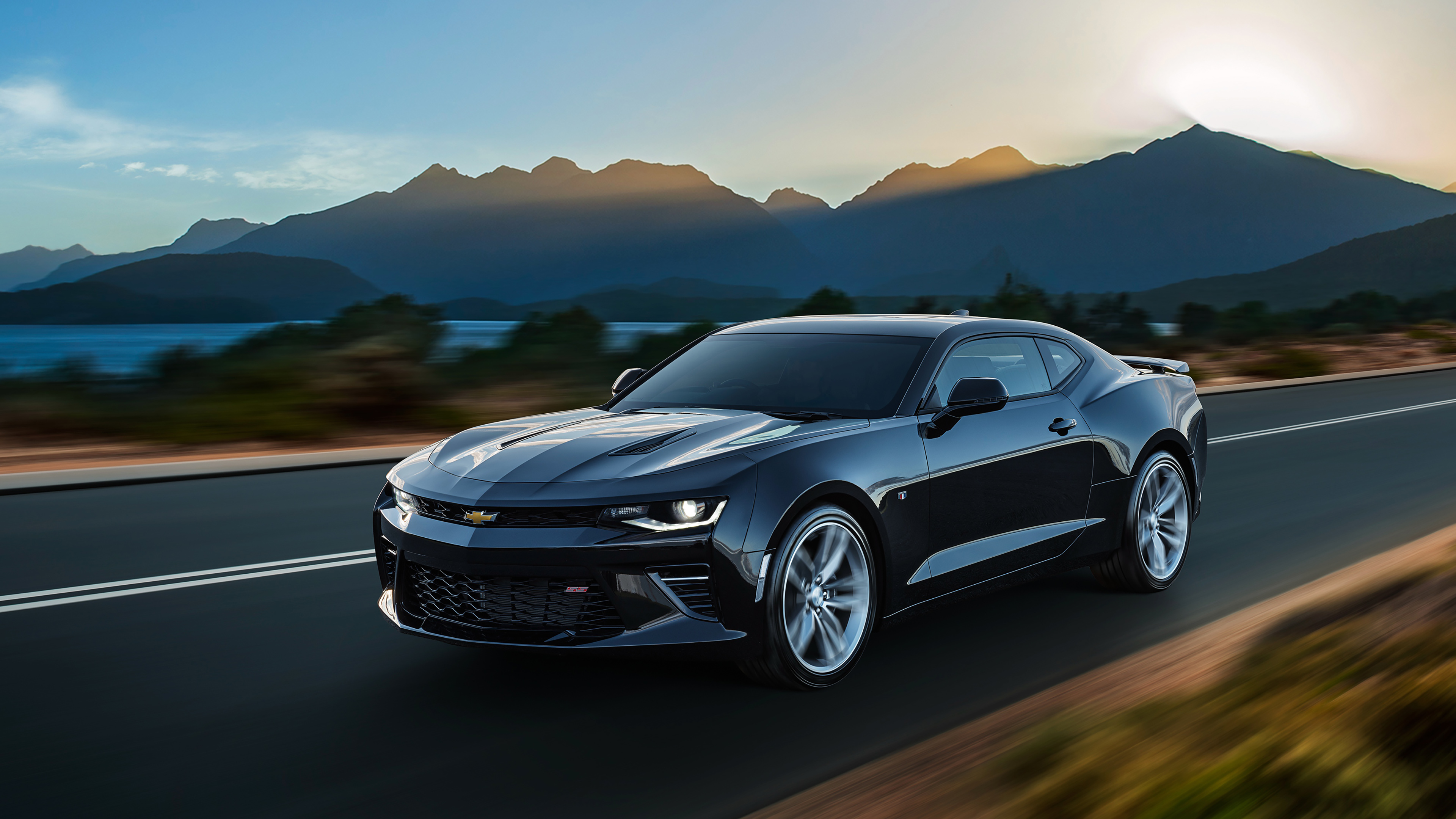
6. **Chevrolet 1.4L I4 Turbo – LUJ / LUV**The 1.4L LUJ/LUV engine represented General Motors’ answer to the burgeoning demand for a global small turbo engine during the early-to-mid 2010s. This compact, forced-induction powerplant found its home in a variety of popular Chevrolet models, including the Cruze, Sonic, Trax, and even the Spark RS in certain international markets. On paper, it presented a compelling proposition, offering a desirable blend of robust torque delivery and commendable fuel efficiency. However, in real-world application, this engine cultivated a somewhat mixed reputation, often depending heavily on how it was maintained and the specific model year.
Technically, this engine is a DOHC, turbocharged four-cylinder unit, featuring a cast-iron block mated to an aluminum head – a common and efficient design. Given its small displacement and the added complexity of a turbocharger, it naturally operated at higher temperatures and consequently demanded meticulous care and diligent maintenance. This crucial requirement, unfortunately, was often overlooked by many economy car buyers, who typically sought a no-fuss ownership experience. This divergence between engineering demand and owner habit is where many of the reported issues began to surface, highlighting the importance of understanding a turbocharged engine’s needs.
Indeed, many early owners of Cruze and Sonic models equipped with this engine reported a range of problems, including thermostat failures, persistent coolant leaks, turbocharger failures, and even head gasket issues, sometimes occurring well before the 100,000-mile mark. A significant contributing factor to these problems was often attributed to a suboptimal cooling system design; these engines were prone to overheating if the cooling fan or thermostat failed, which, in turn, frequently led to more severe and costly issues. Furthermore, there were widespread reports of PCV (Positive Crankcase Ventilation) valve issues, which could result in troublesome vacuum leaks and an erratic, rough idle.
Fortunately, GM recognized these challenges and introduced the LUV variant, an updated version that brought about substantial improvements to many of these underlying faults by 2014. With proper and consistent maintenance—including frequent oil changes, regular coolant flushes, and, where applicable, upgraded PCV systems—these engines can prove to be surprisingly durable and reliable. Many dedicated owners have successfully driven them well past the 150,000-mile threshold with only minor issues, especially when operating in cooler climates where heat management is less of a constant battle. While it might not be a headline-grabber, the LUJ/LUV 1.4L has cultivated a strong owner base that actively champions its reputation in online forums and through long-term tests conducted by trusted automotive sites like RepairPal and Cars.com.
Therefore, while the 1.4L Turbo engine is by no means a disaster, it certainly is a ‘picky’ powerplant. Prospective buyers should exercise caution and ideally avoid the early model years, specifically 2011–2013, unless there is a meticulously documented service history available. It can be a surprisingly fun and engaging little engine to drive, offering a good balance of power and efficiency for its size. However, its longevity hinges entirely on a proactive approach to fluid management and careful attention to heat regulation, underscoring that a little care goes a long way with this turbocharged performer.

7. **Toyota 22R/22RE (2.4L Inline-4)**The Toyota 22R and its fuel-injected evolution, the 22RE, are true monuments to Toyota’s legendary reliability. Introduced in 1981, this 2.4-liter workhorse powered everything from the humble Celica to the rugged Hilux pickup trucks, famously indestructible on BBC’s Top Gear. Its reputation for near-indestructibility is deeply rooted in its conservative, yet brilliant, engineering.
The secret to the 22R’s incredible longevity lies in its deliberately overbuilt design. With a simple overhead cam setup, a robust cast iron block featuring thick cylinder walls, and forged steel connecting rods, Toyota engineered this engine for endurance. It was designed to withstand abuse rather than prioritize sheer horsepower, ensuring the core mechanicals held together for the long haul. A gear-driven oil pump further eliminated a common failure point found in many other engines.
What makes the 22R truly remarkable is its legendary tolerance for neglect. Stories abound of these engines running with minimal maintenance, surviving low oil conditions, and continuing despite minor timing chain issues. This resilience extends to its robust bottom end, which rarely experiences bearing failure even at extreme mileage. Mechanically simple, with easily accessible components, the 22R also allowed novice mechanics to perform maintenance, contributing significantly to its renowned serviceability and widespread adoration.
The engine’s modest power output (97-114 hp) meant it rarely operated under high stress, directly extending its operational life. Many 22R-powered vehicles have recorded over 400,000 miles without internal repairs; some well-maintained examples reportedly surpassed 700,000 miles. This exceptional durability cemented Toyota’s reputation for reliability in the 1980s and 1990s, a powerful legacy still felt by consumers today.

8. **Honda B-Series (1.6-1.8L Inline-4)**Honda’s B-series engines, particularly the B16 and B18 variants, represent the perfect marriage of reliability and high-revving performance from Honda’s golden era (late 1980s through early 2000s). These compact powerplants were the beating heart of iconic Civic and Integra models, earning devoted followings for delivering sports car thrills while maintaining economy car dependability. Their signature attribute is an extraordinary rev capability, with redlines soaring past 8,000 RPM, coupled with the durability to exceed 300,000 miles with proper care.
The core of the B-series’ legendary longevity stems from Honda’s revolutionary VTEC system. This ingenious technology allowed the engine to operate efficiently at low RPMs for daily driving, then seamlessly unleash impressive performance at higher revs. Unlike many contemporary variable valve timing systems, Honda’s VTEC employed robust mechanical components with minimal failure points, directly contributing to its inherent reliability. The engines also featured precision-machined aluminum blocks with durable cast iron cylinder sleeves, offering lightweight yet sturdy construction.
Perhaps most impressive is the B-series’ remarkable tolerance for modification and performance tuning. While many engines falter when pushed beyond factory specifications, properly built B-series motors could withstand significant power increases while maintaining their legendary durability. Forged crankshafts in many applications, oversized rod bearings, and sophisticated oil systems designed for high-RPM operation all underscore their robust nature. This allowed enthusiasts to unlock even more potential without sacrificing long-term health.
These engines frequently outlast their host vehicles, a testament to their exceptional build quality. It’s a well-known phenomenon among Honda enthusiasts to find high-mileage B-series engines showing minimal internal wear when inspected. This potent combination of bulletproof reliability, immense high-performance potential, and widespread aftermarket support has cemented the Honda B-series’ status as one of the most beloved four-cylinder engines in automotive history.

9. **Toyota 1ZZ-FE (1.8L Inline-4)**The Toyota 1ZZ-FE 1.8L inline-four engine stands as another shining example of the brand’s legendary dedication to reliability, truly earning its place among engines that simply refuse to die. Produced from 1998 to 2008, this powerplant was the workhorse for millions of Toyota’s most popular models, including the Corolla, Celica, and Matrix. While not engineered for raw power, its genius resided in its understated simplicity and remarkable ability to consistently perform, year after year, mile after mile.
The 1ZZ-FE was meticulously engineered with longevity and efficiency as guiding principles. It features a lightweight aluminum block paired with a robust timing chain, effectively eliminating a common maintenance concern associated with timing belts. This tightly packed inline-four engine also incorporated variable valve timing (VVT-i) on the intake side, optimizing both performance and fuel efficiency across various driving conditions. Its internal design focused on minimizing friction and wear, allowing for an impressively extended operational life.
Despite its stellar reputation, early models (1998-2002) did encounter an elevated risk of oil consumption due to faulty piston rings. However, Toyota proactively addressed this issue by introducing updated piston designs in later production years, significantly improving long-term reliability. For all 1ZZ-FE engines, diligent adherence to regular oil changes, using the correct viscosity oil, is paramount. This simple maintenance practice helps unlock its full, unkillable potential, preventing premature wear and ensuring smooth operation for decades.
Beyond these early concerns, the 1ZZ-FE proved a remarkably resilient engine. It’s common to find vehicles accumulating well over 200,000 and even 300,000 miles on the original powertrain, a clear indicator of its inherent durability. Its straightforward design also translates to relatively inexpensive and simple repairs when issues do eventually arise, further enhancing its appeal as a cost-effective, long-term ownership proposition. The 1ZZ-FE’s widespread use across millions of Toyota vehicles cemented its legacy as an incredibly dependable, no-nonsense engine.

10. **Honda K20/K24 Series (2.0-2.4L Inline-4)**The Honda K-series engines, encompassing both the 2.0L K20 and 2.4L K24 variants, represent a monumental achievement in modern automotive engineering, solidifying Honda’s reputation for producing powerplants that masterfully balance performance, efficiency, and exceptional reliability. Launched in 2001 and still in production today, these engines have powered a vast array of popular Honda and Acura models, including the Civic Si, Accord, and CR-V. Their widespread acclaim stems from a robust design engineered to endure hundreds of thousands of miles with remarkable ease.
At the core of the K-series’ bulletproof reputation lies its meticulously engineered design. These engines feature an all-aluminum block and cylinder head, contributing to their lightweight yet immensely strong nature. A key characteristic is the use of a timing chain, which virtually eliminates the need for periodic replacement common with traditional timing belts, offering significant long-term maintenance benefits. The K-series also introduced Honda’s advanced i-VTEC system, combining variable valve timing and lift with continuously variable cam phasing on both intake and exhaust valves, optimizing power delivery and fuel economy with precision.
The K-series engines are renowned for their incredibly strong bottom end, capable of withstanding significant power output, both in naturally aspirated and, in later iterations, turbocharged forms. While not typically powering Honda’s absolute top-tier sports cars, their inherent strength has made them a darling of the aftermarket tuning scene, proving their resilience even when pushed far beyond factory specifications. Early K-series engines were notably free of widespread, systemic faults, showcasing robust initial engineering.
It’s not uncommon to find K-series powered vehicles effortlessly surpassing 250,000 or even 350,000 miles, consistently delivering reliable service with diligent maintenance. This extraordinary durability and performance earned Honda significant praise, contributing to its consistent high rankings in J.D. Power’s dependability studies year after year. The K-series has become a benchmark for what a modern four-cylinder engine can achieve, proving that efficiency, performance, and extraordinary longevity can indeed coexist harmoniously as a true workhorse of the automotive world.

11. **Mercedes-Benz OM617 3.0L Diesel (Inline-5)**When the discussion turns to the pinnacle of diesel engine reliability, the Mercedes-Benz OM617 3.0L Inline-5 Diesel immediately springs to mind. This true mechanical masterpiece from the late 20th century, produced from 1978 to 1985, became synonymous with legendary longevity. It powered iconic Mercedes-Benz W123 and W126 chassis sedans, earning a cult following among classic car enthusiasts and fleet operators for its ability to quite literally outlive the vehicles it powered.
The OM617 was engineered with an unwavering commitment to durability and overbuilt construction, a defining philosophy of Mercedes-Benz engineering during that era. It features a robust cast-iron block and cylinder head, designed to withstand immense pressure and heat, contributing to its incredible resilience. Unlike many modern diesels, the OM617 relied on a purely mechanical fuel injection system, eliminating complex and often failure-prone electronic components. This elegant simplicity was a key factor in its remarkable dependability.
Its naturally aspirated design (though some turbo variants existed, the NA versions are often cited for ultimate simplicity) meant lower stress on internal components. The engine’s internal architecture included a heavy-duty crankshaft and connecting rods, along with a conservative redline, ensuring it operated well within its engineering limits. While regular maintenance like meticulous oil and fuel filter changes is crucial, the OM617 is known for its incredible tolerance to varied fuel quality, a testament to its robust construction and generous tolerances.
Owners of OM617-powered vehicles have consistently documented astonishing mileages, with many reports of these engines effortlessly crossing the million-mile mark with only minor, routine maintenance. This level of longevity is virtually unheard of, making the OM617 a benchmark for durability. Its overbuilt nature and the distinct lack of electronic failure points are precisely why it continues to be celebrated as one of the most durable and dependable diesel engines ever conceived, a powerful symbol of engineering integrity.
**Ending paragraph of the article.**
And there you have it – a comprehensive journey through the annals of automotive engineering, celebrating the small displacement engines that have truly stood the test of time. From the modern marvels that blend efficiency with rock-solid dependability to the legendary workhorses that have outlasted countless vehicles, these engines embody the very essence of reliability. They prove that beneath the hood, simplicity, robust construction, and meticulous design often triumph over raw power or fleeting technological trends. Whether you’re searching for a daily driver that will go the distance or simply appreciate the genius of automotive longevity, these powerplants serve as a powerful reminder that some things are truly built to last. They are the unsung heroes that make a car a faithful companion, not just a mode of transport, and their legacy continues to inspire trust on roads worldwide.

